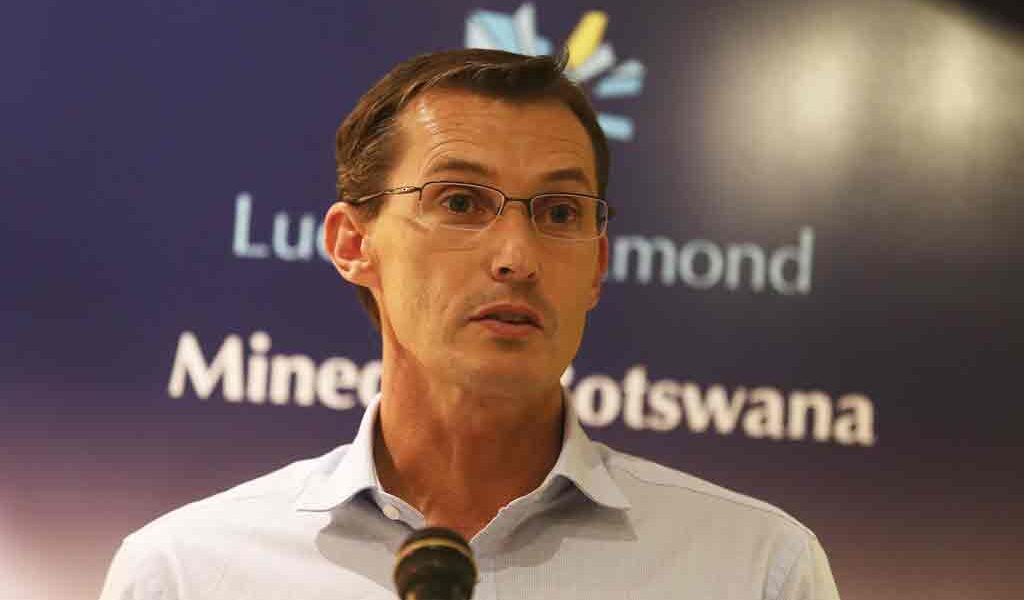TSHIAMO TABANE
Lucara Diamond Corp, the Canadian diamond miner with mining assets in Botswana has projected that Karowe diamond mine could record lower revenues this year.
Lucara’s Karowe diamond project in Boteti area is among Botswana’s important diamond mines which contribute significantly to government mining revenues through payment of mining royalties and tax. According to the company’s 2016 financial statements released last week, Lucara paid government over P1 billion as mining royalties and tax from Karowe diamond sales revenues generated last year.
It has emerged that the royalty and tax payments into national coffers could decline as Lucara Diamond Corp predicts that Karowe diamond sales revenues could drop from $295.5 million (P3 billion) recorded last year to around $200 million (P2 billion) in 2017.
Lucara has projected Karowe diamond production could decline from 353,974 carats recorded in 2016 to 310,000 carats this year as the mine is forecast to process around 2.2 million tonnes of ore in 2017, compared to 2.6 million tones processed last year. Karowe’s operating cash costs are expected to increase from $26.5 per tonne recorded in 2016 to around $40.00 per tonne this year, following the expected increase in waste which should be removed to access high value diamonds.
It has emerged that the company is faced with commodity price risk and currency risk which could also negatively impact 2017 revenues. The company CEO William Lamb stated that diamond prices have been affected negatively by supply and demand factors which remain unbalanced and resulting in a very cautious market. “The large volume of rough diamonds sold into the market in 2016 has not translated into increased sales of polished diamonds. Polished diamond price indices remain at very low levels, restricting the ability for rough diamond prices to see short term and sustainable growth. Additional supply being brought into the market by three new diamond producers may continue to have an impact on prices.”
Lucara’s audit firm Price Water Coopers has noted that as a result of currency exchange fluctuation the company last year lost around $11 million (P110 million), compared to 2015’s foreign exchange gain of $15 million (P150 million). The audit firm added that due to fluctuating foreign exchange rates currency risk remains a concern this year. “The company is exposed to currency risk relating to U.S. dollar cash held within the company and based on this exposure, a 10% change in the U.S. dollar exchange rate would give rise to an increase/decrease of approximately $5.3 million (around P530 million) in net income for the year,” states the audit firm.

